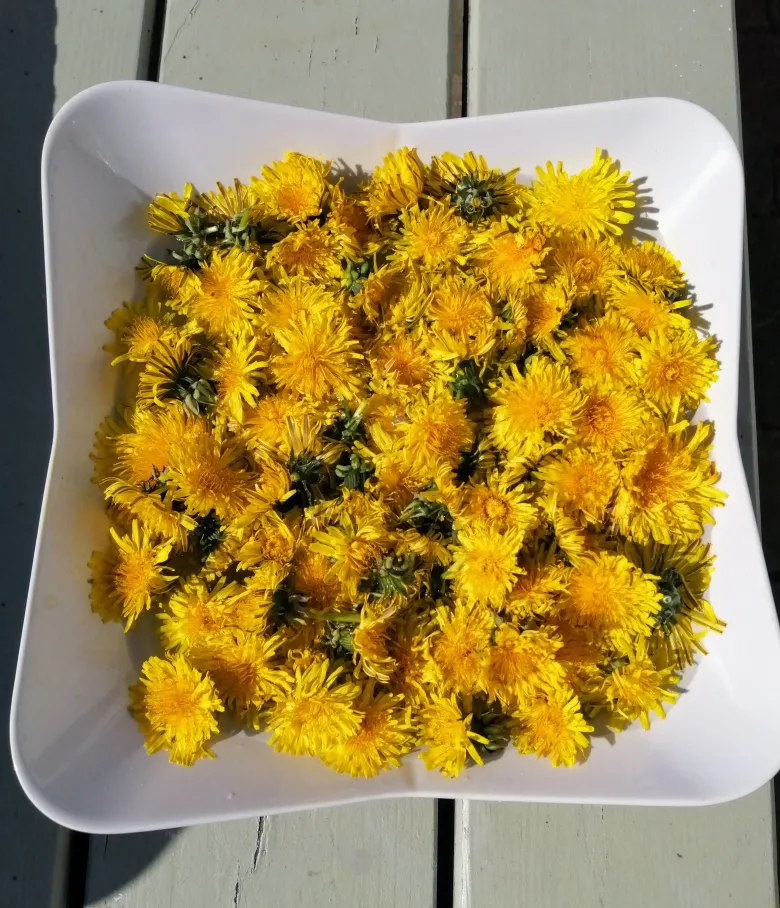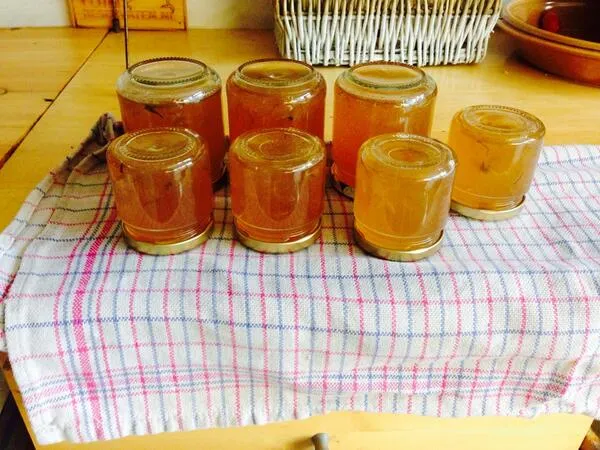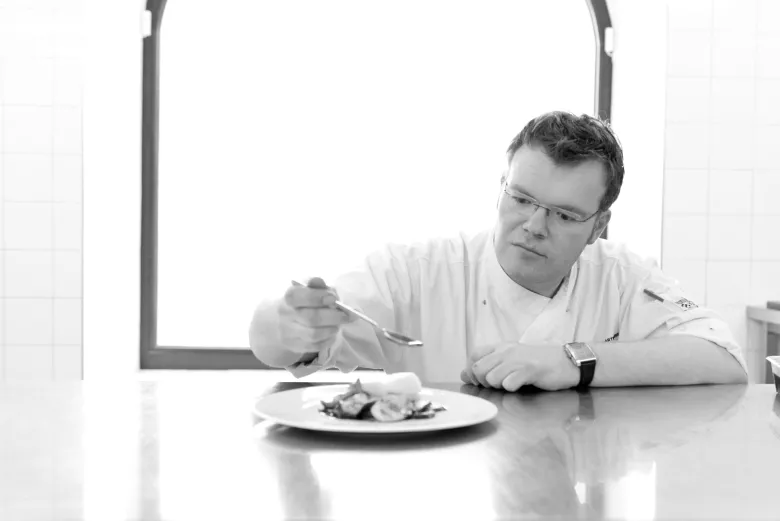Using foraged herbs and plants is completely hip and happening, and yet it is as old as Methuselah. The same goes for cooking with dandelions. Chef Ralph shares his recipe for dandelion jelly.
You could eat every part of the dandelion, but it’s not necessarily all nice to eat. They sometimes cover the leaves to prevent it from going green, and market it as pissenlit; it tastes similar to chicory.
You could also make jelly from it’s petals; it is really tasty. It is a lot of work; you will need about 200 flowers to make a small pot of jelly. This might seem a lot, but for the same pot filled with honey, bees have to gather nectar from 250,000 flowers!
The end result tastes nice, a bit like honey and is supposedly very healthy. The pollen appear to prevent certain types of hay fever; a claim I cannot formally acknowledge though.

"It is a lot of work; you will need about 200 flowers to make a small pot of jelly. This might seem a lot, but for the same pot filled with honey, bees have to gather nectar from 250,000 flowers!"
Ingredients
- about 200 yellow dandelions
- gelling sugar 2:1
- the zest of 1/4 orange
- water
- a very clean jar

"The end result tastes nice, a bit like honey and is supposedly very healthy."
Method
- Pick all the yellow petals. This is the fun part :)
Do not rinse the petals; it will rid them of the pollen. They are going to be boiled twice so they will be sanitized in the end.
- Put the petals in a pot and just cover it with water.
- Add the orange zest.
- Bring it to the boil. When it boils, cover with a lid, get the pot off the fire and let it rest for 24 hours.
- Pass it through a very fine sieve, several layers of cheese cloth or through a coffee filter.
- For every 100 ml of liquid, add 50 grams of gelling sugar (jam sugar).
- Bring to the boil and let it boil for 3 minutes.
- Store it in very, very clean jars.
Sometimes the jelly stays a little cloudy; this is because of the pollen; this is fine.

Ralph Dahlhaus is executive chef at the National Maritime Museum. These recipes allow you to follow the “Dutch Cuisine” principles: tasty, sustainable, varied, honest and seasonal.